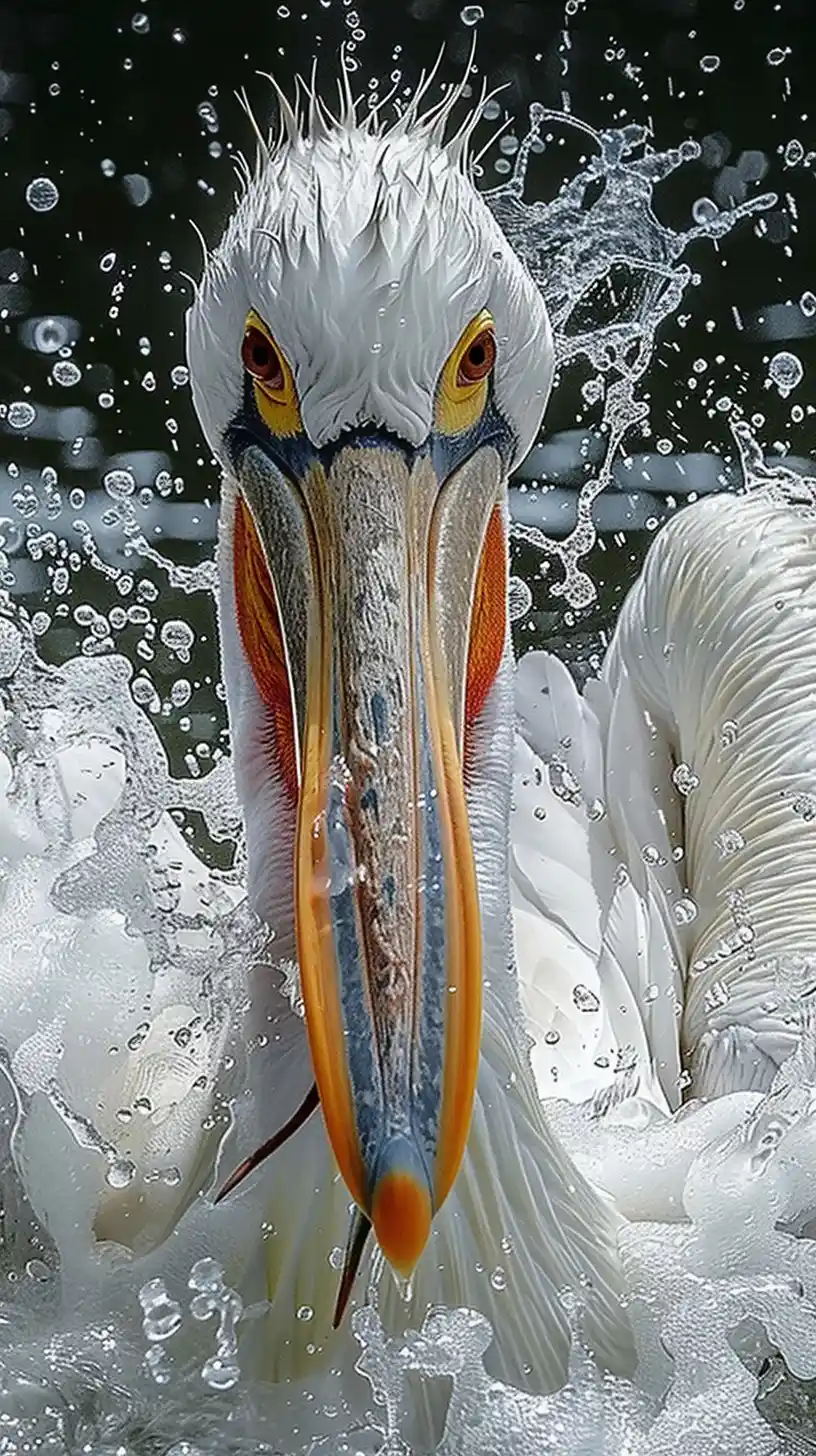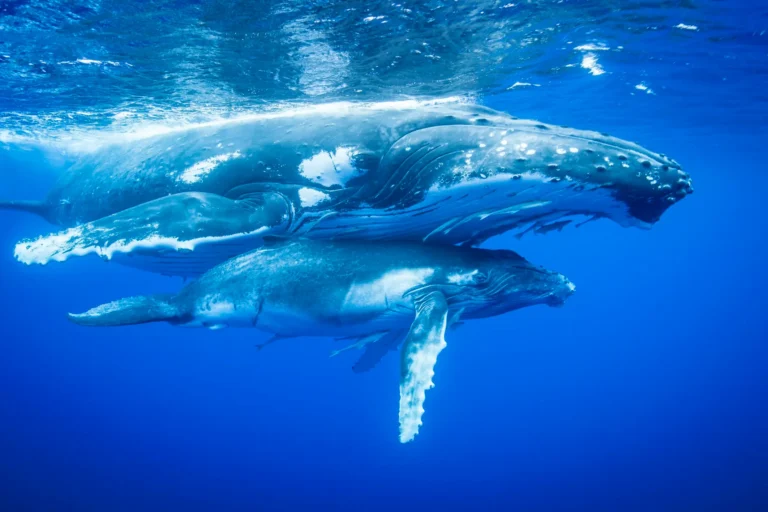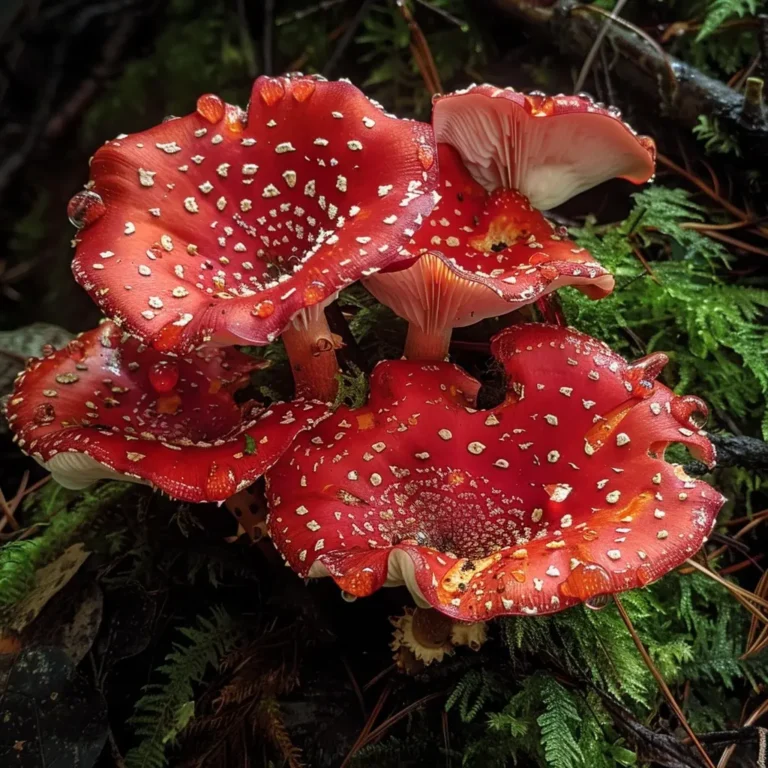Water is more than just a clear liquid we drink—it’s a dynamic and essential force that shapes our world in countless ways.
From the vast oceans to the tiny droplets in the air, water plays a critical role in everything from climate regulation to energy production.
Dive into these 100 amazing facts to uncover the incredible science, fascinating properties, and vital importance of water that makes it truly extraordinary.
Whether you’re a curious mind or a dedicated environmentalist, these insights will deepen your appreciation for the most precious resource on Earth.
Stay sharp and foster your mental health with our Trivia game generator or Fun Facts game for you mental exercises and mental sharpness!
Facts About Water
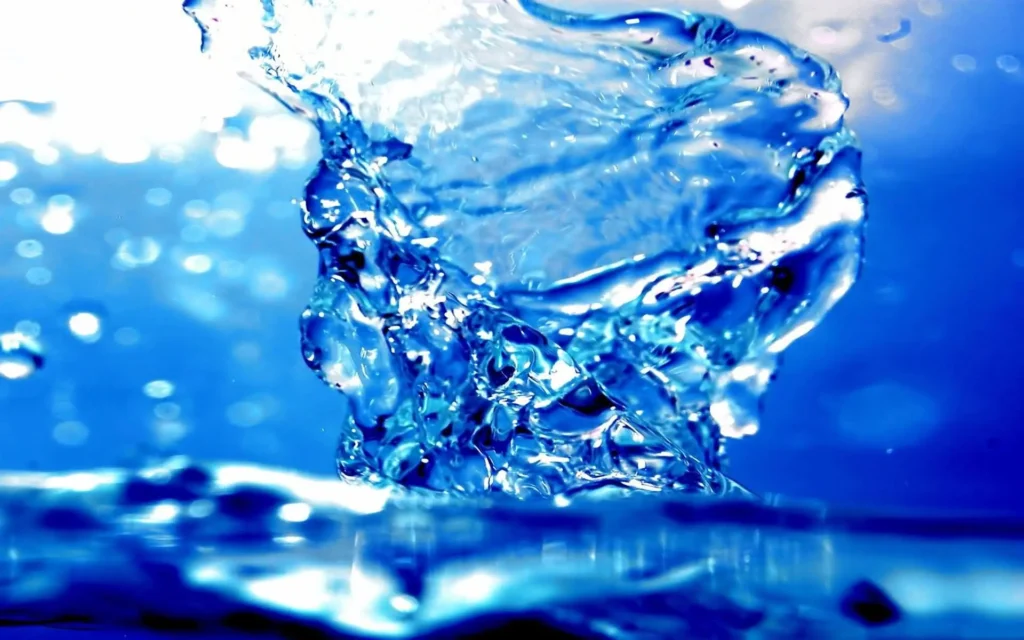
1. Water covers about 71% of the Earth’s surface.
- Details: The majority of Earth’s surface is covered by oceans, seas, and other bodies of water. Oceans hold about 96.5% of Earth’s water, with only a small fraction available as freshwater. This coverage helps regulate the Earth’s climate and supports a diverse range of life forms.
2. The human body is composed of approximately 60% water.
- Details: Water is essential for many bodily functions, including temperature regulation, digestion, and nutrient transport. The proportion of water in the body varies with age, sex, and body composition, with infants having the highest percentage.
3. Water is the only substance that can exist in all three states of matter—solid, liquid, and gas—at Earth’s typical temperatures.
- Details: Water’s ability to exist in solid (ice), liquid (water), and gas (vapor) states at Earth temperatures is due to its unique molecular structure. This property plays a critical role in the Earth’s water cycle.
4. Water has a high specific heat capacity, which means it can absorb a lot of heat before its temperature rises.
- Details: Water’s high specific heat helps moderate Earth’s climate by absorbing and releasing heat slowly. This property also helps regulate body temperature in living organisms.
5. The average person drinks about 2 liters of water per day.
- Details: This amount can vary based on factors such as activity level, age, and climate. Adequate hydration is essential for maintaining health and supporting bodily functions.
6. Water expands when it freezes, making ice less dense than liquid water.
- Details: As water freezes, its molecules arrange into a crystalline structure that takes up more space than in its liquid form. This expansion causes ice to float on water, which is crucial for aquatic life in cold climates.
7. The Amazon River discharges about 215,000 cubic meters of water per second into the Atlantic Ocean.

- Details: The Amazon River is the largest river by discharge volume and has a significant impact on ocean salinity and circulation patterns.
8. About 97% of Earth’s water is saltwater, found in oceans and seas.
- Details: The vast majority of Earth’s water is salty, and only about 3% is freshwater. Of this freshwater, the majority is locked in glaciers and ice caps, with a small fraction available in rivers, lakes, and underground aquifers.
9. A single drop of water can contain thousands of microscopic organisms.
- Details: Water from natural sources can harbor a variety of microorganisms, including bacteria, protozoa, and algae. These organisms play essential roles in ecosystems and nutrient cycles.
10. Water has a neutral pH of 7, making it neither acidic nor basic.
- Details: Pure water is considered neutral, which means it has equal concentrations of hydrogen ions (H⁺) and hydroxide ions (OH⁻). This neutrality is crucial for maintaining a balanced environment in biological and chemical processes.
11. More than 1 billion people around the world lack access to clean drinking water.
- Details: Access to safe drinking water is a major global issue, affecting health, sanitation, and quality of life. Efforts are ongoing to improve water infrastructure and access in underserved regions.
12. Water can dissolve more substances than any other liquid, earning it the title of “universal solvent.”
- Details: Water’s ability to dissolve many substances is due to its polar nature, which allows it to interact with various ionic and molecular compounds. This property is crucial for biological processes and chemical reactions.
13. The Great Lakes in North America hold about 84% of North America’s fresh surface water.
- Details: The Great Lakes (Superior, Michigan, Huron, Erie, and Ontario) are the largest group of freshwater lakes by total area and volume, playing a vital role in regional ecosystems and water supply.
14. The world’s deepest lake is Lake Baikal in Siberia, reaching depths of about 5,387 feet (1,642 meters).
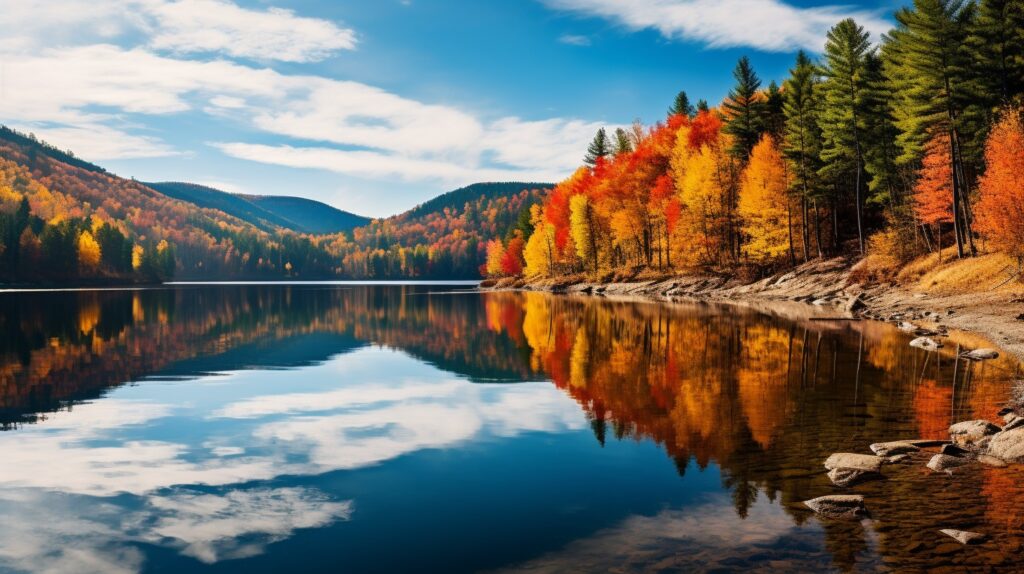
- Details: Lake Baikal is not only the deepest lake but also one of the oldest and largest freshwater lakes by volume. It is home to a unique array of species, including the Baikal seal.
15. Water is essential for photosynthesis, the process by which plants produce oxygen and food.
- Details: During photosynthesis, plants use water, sunlight, and carbon dioxide to produce glucose and oxygen. This process is vital for life on Earth, providing oxygen and food for various organisms.
16. The Mediterranean Sea is one of the saltiest large bodies of water on Earth.
- Details: The high salinity of the Mediterranean Sea is due to its limited exchange with the Atlantic Ocean and high evaporation rates. This salinity affects the marine life and water chemistry of the region.
17. The hydrological cycle describes the continuous movement of water on, above, and below the Earth’s surface.
- Details: The hydrological cycle includes processes like evaporation, condensation, precipitation, and infiltration. This cycle ensures the distribution and recycling of water throughout the planet.
18. Hot water can freeze faster than cold water under certain conditions, a phenomenon known as the Mpemba effect.
- Details: The Mpemba effect occurs when hot water freezes faster than cold water in specific conditions. The exact reasons for this effect are still debated, but it is thought to involve factors like evaporation and convection.
19. Rain is formed when water vapor in the atmosphere condenses into droplets that become heavy enough to fall to the ground.
- Details: Rain formation involves the cooling of water vapor in the atmosphere, which condenses into tiny droplets that cluster to form clouds. When these droplets become too heavy, they fall as precipitation.
20. The Earth’s water is recycled through evaporation and precipitation, meaning the water you drink may have been consumed by dinosaurs.
- Details: Water on Earth is constantly recycled through the hydrological cycle. This means that the water in your glass has been through many cycles and may have been part of ancient ecosystems.
21. Water has a high latent heat of vaporization, meaning it requires a lot of energy to convert from liquid to gas.
- Details: The high latent heat of vaporization of water helps regulate temperature by absorbing heat during evaporation. This property is important for cooling mechanisms and climate control.
22. The average ocean depth is about 12,080 feet (3,682 meters).
- Details: The ocean’s average depth is deep compared to the Earth’s landmasses. The ocean’s vast depths support diverse marine life and influence global weather patterns.
23. Water is used in over 70% of the world’s agricultural activities.
- Details: Agriculture is the largest user of water globally, relying on irrigation for crop production. Efficient water use in agriculture is essential for food security and sustainable practices.
24. Snowflakes are formed from ice crystals that form around a nucleus of dust or pollen in clouds.
- Details: Snowflakes develop as water vapor freezes onto particles in the atmosphere. The hexagonal structure of ice crystals gives snowflakes their unique and intricate shapes.
25. The Pacific Ocean is the largest and deepest ocean on Earth.
- Details: The Pacific Ocean covers more than 63 million square miles (165 million square kilometers) and contains the Mariana Trench, the deepest part of the world’s oceans.
26. The process of desalination removes salt and other impurities from seawater to make it drinkable.
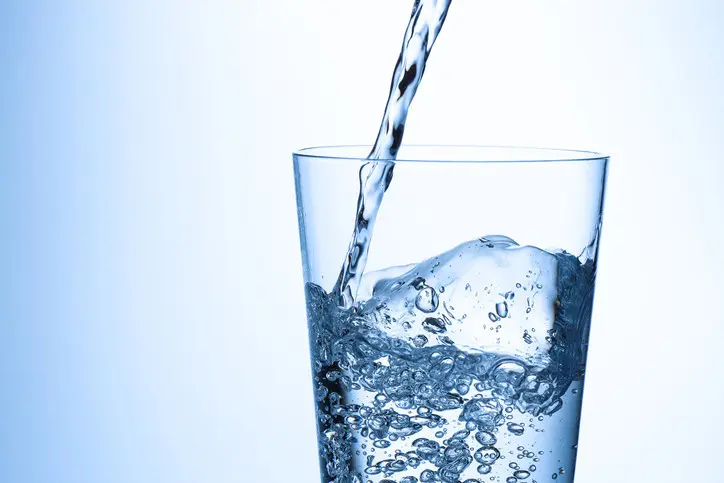
- Details: Desalination involves methods such as reverse osmosis and distillation to remove salt from seawater. It is increasingly used in regions with limited freshwater resources.
27. Water has a high surface tension due to the hydrogen bonds between its molecules.
- Details: The high surface tension of water causes it to form droplets and allows it to “bead up” on surfaces. This property is crucial for various biological and physical processes.
28. The Dead Sea is one of the saltiest bodies of water in the world, with a salinity of over 30%.
- Details: The high salinity of the Dead Sea, located between Jordan and Israel, is due to high evaporation rates and limited outflow. This salinity allows people to float easily in the water.
29. Water is a key component in many industrial processes, including cooling, cleaning, and manufacturing.
- Details: Water is used extensively in industry for cooling machinery, cleaning surfaces, and as a solvent in chemical processes. Its availability and quality are critical for industrial operations.
30. The process of evaporation removes water from surfaces and contributes to cooling effects.
- Details: Evaporation occurs when water molecules gain enough energy to transition from liquid to gas. This process helps cool surfaces and is a vital mechanism for temperature regulation in living organisms.
31. Water makes up about 90% of the weight of a jellyfish.
- Details: Jellyfish are composed mostly of water, with their gelatinous bodies providing buoyancy and allowing them to move through the ocean with minimal energy.
32. The total volume of water on Earth is about 1.332 billion cubic kilometers.
- Details: This volume includes all water in oceans, rivers, lakes, glaciers, and the atmosphere. Most of this water is saline, with freshwater making up only a small fraction of the total.
33. Water is essential for the digestion and absorption of nutrients in the human body.
- Details: Water aids in breaking down food, dissolving nutrients, and transporting them to cells. Proper hydration supports efficient digestion and nutrient absorption.
34. The world’s largest waterfall, in terms of volume, is the Inga Falls in the Congo River.
- Details: Inga Falls on the Congo River in Africa has a massive discharge volume, making it the largest waterfall by flow rate. It plays a significant role in the river’s ecosystem and local environment.
35. Water conservation is critical in areas experiencing droughts or water shortages.
- Details: Effective water conservation practices, such as reducing waste and improving efficiency, are essential for managing water resources in regions with limited supply or experiencing drought conditions.
36. The human brain is about 75% water.
- Details: The high water content of the brain supports its structure and function. Proper hydration is crucial for cognitive processes and overall brain health.
37. Water is used in firefighting to extinguish fires due to its ability to cool and remove heat.
- Details: Water’s high heat capacity makes it effective at cooling down burning materials and extinguishing flames. It absorbs heat and reduces the temperature of the fire.
38. The Nile River is one of the longest rivers in the world, stretching about 4,135 miles (6,650 kilometers).
- Details: The Nile River flows through northeastern Africa, providing a crucial water source for agriculture and settlements in the region. Its length makes it one of the longest rivers globally.
39. Water has a high boiling point compared to other liquids due to hydrogen bonding.
- Details: Water’s boiling point is 100°C (212°F) at standard atmospheric pressure. The hydrogen bonds between water molecules require significant energy to break, leading to its high boiling point.
40. The total volume of water in Earth’s atmosphere is about 12,900 cubic kilometers.
- Details: Water vapor in the atmosphere plays a key role in weather and climate. It contributes to cloud formation, precipitation, and the overall water cycle.
41. Water helps regulate Earth’s climate by absorbing and distributing heat through ocean currents and weather patterns.
- Details: Oceans and large bodies of water store and transport heat around the planet, influencing weather patterns and climate. This regulation helps maintain stable conditions for life.
42. The Great Barrier Reef, the world’s largest coral reef system, relies on clean, nutrient-rich water to thrive.
- Details: The Great Barrier Reef, located off the coast of Australia, depends on water quality and temperature for coral health. Pollution and climate change can impact the reef’s ecosystem.
43. Water plays a critical role in the formation of weather patterns, such as storms and hurricanes.
- Details: Water vapor in the atmosphere contributes to the development of weather systems by releasing latent heat during condensation, which drives atmospheric circulation and storm formation.
44. The average water usage per person in the United States is about 80-100 gallons per day.
- Details: Daily water use includes activities such as drinking, cooking, cleaning, and irrigation. Efforts to reduce water consumption can help conserve resources and reduce environmental impact.
45. The world’s largest freshwater lake by surface area is Lake Superior.
- Details: Lake Superior, one of the Great Lakes, covers an area of about 31,700 square miles (82,100 square kilometers). It holds a significant portion of North America’s freshwater supply.
46. Water is involved in nearly all chemical reactions in living organisms, including metabolism and respiration.
- Details: Water acts as a solvent and reactant in biochemical reactions, facilitating processes such as digestion, cellular respiration, and energy production.
47. The Antarctic ice sheet contains about 60% of the world’s freshwater.
- Details: The Antarctic ice sheet is a major reservoir of Earth’s freshwater. Its melting and dynamics have significant implications for global sea levels and climate.
48. The evaporation of water from oceans and seas contributes to cloud formation and precipitation.
- Details: Water vapor rises from the surface of oceans and seas, cools in the atmosphere, and condenses into cloud droplets. These droplets eventually fall as precipitation, replenishing water sources.
49. The average depth of the world’s oceans is about 12,080 feet (3,682 meters).
- Details: The ocean’s depth varies, with some areas being much deeper than the average. The depth influences marine life and oceanographic processes.
50. Water can exist in three states simultaneously at the triple point, where temperature and pressure conditions allow for solid, liquid, and gas phases to coexist.
- Details: The triple point of water occurs at a specific temperature and pressure, where ice, liquid water, and water vapor are in equilibrium. This phenomenon is used to define temperature scales.
51. The color of water is actually a very pale blue, which is most noticeable in large quantities.
- Details: Water absorbs light in the red part of the spectrum more effectively than in the blue part, giving it a blue hue. This color is more visible in large bodies of water like oceans and lakes.
52. Water has a high heat of fusion, meaning it requires a significant amount of energy to change from solid to liquid.
- Details: The high heat of fusion of water (about 334 Joules per gram) reflects the energy needed to break the hydrogen bonds in ice to transition to liquid water. This property affects climate and weather patterns.
53. Water’s hydrogen bonds give it a high surface tension, allowing it to form droplets and move against gravity in plants.
- Details: Surface tension is the result of hydrogen bonds between water molecules, which creates a “film” on the surface. This property aids in capillary action, helping water travel through plant stems and roots.
54. The water in Earth’s oceans is about 3.5% salt, mainly sodium chloride.
- Details: Ocean water’s salinity is primarily due to dissolved salts, with sodium chloride being the most abundant. This salinity affects ocean circulation, marine life, and climate.
55. The longest river in the world is the Nile River, though some consider the Amazon River to be longer.
- Details: The Nile River is traditionally recognized as the longest river, flowing through northeastern Africa. The Amazon River’s length is debated due to varying measurements of its tributaries.
56. Water can dissolve more substances than any other liquid due to its polar nature.
- Details: Water’s polar molecules can interact with various ionic and molecular compounds, making it an excellent solvent for a wide range of substances. This property is crucial in biological and chemical processes.
57. The term “hydrosphere” refers to all the water on Earth, including oceans, lakes, rivers, and glaciers.
- Details: The hydrosphere encompasses all forms of water on the planet, playing a vital role in the Earth’s climate, weather, and ecosystems.
58. Water is used in various forms of energy production, including hydropower, steam turbines, and cooling systems.
- Details: Hydropower generates electricity through the movement of water, steam turbines use water to produce power, and cooling systems rely on water to dissipate heat in industrial processes.
59. Water’s ability to form hydrogen bonds contributes to its high boiling and freezing points compared to other similar-sized molecules.
- Details: Hydrogen bonding between water molecules requires significant energy to overcome, resulting in higher boiling and freezing points. This property is essential for maintaining stable environments for living organisms.
60. Water can exist in a supercooled state, where it remains liquid below its freezing point.
- Details: Supercooled water can stay in liquid form at temperatures below 0°C (32°F) if it lacks nucleation sites for ice formation. This state is often observed in clouds and during experimental conditions.
61. The process of sublimation allows water to transition directly from a solid to a gas, bypassing the liquid phase.
- Details: Sublimation occurs when ice or snow turns into water vapor without melting first. This process is observed in the polar regions and in freeze-drying techniques.
62. The ocean contains about 20 million tons of gold, though it is spread out in very low concentrations.
- Details: Gold is present in seawater in trace amounts, but the concentration is too low to extract economically. The presence of gold is a result of natural processes and mineral deposits.
63. Water has a high latent heat of vaporization, meaning it absorbs a lot of heat when changing from liquid to gas.
- Details: The high latent heat of vaporization (about 2260 Joules per gram) reflects the energy needed to change water from liquid to vapor. This property helps regulate temperature and climate.
64. The Earth’s water is continuously recycled through the hydrological cycle, involving evaporation, condensation, and precipitation.
- Details: The hydrological cycle describes the movement of water between the Earth’s surface and atmosphere. This cycle ensures the distribution and renewal of water resources globally.
65. The world’s largest ice shelf, the Ross Ice Shelf, is located in Antarctica and spans about 487,000 square kilometers.
- Details: The Ross Ice Shelf is a massive floating platform of ice that contributes to the stability of the Antarctic ice sheet and influences sea level and ocean circulation.
66. Water can be used to measure temperature with a thermometer due to its consistent and predictable freezing and boiling points.
- Details: Thermometers often use water to measure temperature because of its reliable phase changes at specific temperatures, making it a standard reference for temperature scales.
67. The amount of freshwater available for human use is less than 1% of the total water on Earth.
- Details: Most of Earth’s freshwater is trapped in glaciers, ice caps, or underground aquifers, with only a small fraction readily accessible for consumption, agriculture, and industry.
68. The highest recorded rainfall in a single year occurred in Mawsynram, India, with over 467 inches (11,871 millimeters).
- Details: Mawsynram, located in the Indian state of Meghalaya, experiences extremely heavy rainfall due to its location on the windward side of the Khasi Hills, which enhances precipitation.
69. The process of transpiration in plants releases water vapor into the atmosphere, contributing to the water cycle.
- Details: Transpiration is the release of water vapor from plant leaves into the atmosphere. This process is part of the hydrological cycle and helps regulate climate and water distribution.
70. Water can absorb and store large amounts of heat, which helps regulate coastal temperatures and moderate climate.
- Details: The high heat capacity of water allows it to absorb and release heat slowly, which moderates temperature fluctuations along coastlines and contributes to more stable climate conditions.
71. The Antarctic ice sheet contains about 90% of the world’s ice and 70% of its freshwater.
- Details: The Antarctic ice sheet is the largest single mass of ice on Earth. Its meltwater could significantly impact global sea levels if it were to release into the oceans.
72. Water is used in many traditional and modern cooling systems, such as air conditioners and industrial cooling towers.
- Details: Water’s high heat capacity makes it an effective cooling agent in systems that manage temperature and prevent overheating in machinery and buildings.
73. The concept of “blue water” refers to freshwater sources like rivers, lakes, and reservoirs, as opposed to “green water,” which is soil moisture available to plants.
- Details: Blue water is the portion of the freshwater resource that is readily available for human use and consumption, while green water refers to the moisture in the soil that supports vegetation.
74. The world’s smallest droplets of water, known as “nanodroplets,” can be found in clouds and fog.
- Details: Nanodroplets are extremely small water droplets that contribute to cloud formation and atmospheric processes. They play a role in weather phenomena and air quality.
75. The water in the human eye helps protect and lubricate the surface, keeping it healthy and functioning.
- Details: The aqueous humor, a fluid in the eye, provides nutrients to the lens and cornea while removing waste products. It also helps maintain intraocular pressure and eye shape.
76. The process of rainwater harvesting collects and stores rainwater for later use, reducing reliance on traditional water sources.
- Details: Rainwater harvesting involves capturing and storing rainwater from roofs or other surfaces. This practice helps conserve water and provides an alternative source for drinking, irrigation, and other uses.
77. Water can be used as a medium for various types of scientific research, including hydrodynamics and aquatic biology.
- Details: Researchers use water in experiments and studies to understand fluid dynamics, marine ecosystems, and the effects of water on different materials and organisms.
78. The process of “water splitting” uses electricity to separate water into hydrogen and oxygen gases.
- Details: Water splitting is an electrochemical process that decomposes water into hydrogen and oxygen. Hydrogen produced this way can be used as a clean energy source in fuel cells.
79. The “water footprint” measures the total volume of water used to produce goods and services, reflecting the impact of human activities on water resources.
- Details: A water footprint includes all the water used in the production and processing of goods, from agricultural crops to industrial products. Understanding water footprints helps in managing and reducing water usage.
80. Water can be purified using various methods, such as filtration, distillation, and chemical treatment, to make it safe for drinking.
- Details: Water purification processes remove contaminants and pathogens, ensuring safe and clean drinking water. Techniques vary based on the quality of the source water and intended use.
81. The term “hydrodynamics” refers to the study of fluids in motion, including water flow in rivers, oceans, and engineered systems.
- Details: Hydrodynamics examines how water moves and interacts with its environment. It is important for understanding natural processes, designing infrastructure, and managing water resources.
82. The “water cycle” is a continuous cycle of evaporation, condensation, precipitation, and runoff that redistributes water across the planet.
- Details: The water cycle describes the movement of water through different stages and locations, including the atmosphere, surface water, and groundwater. This cycle is essential for maintaining Earth’s water balance.
83. The world’s largest lake by volume is the Caspian Sea, containing about 18,800 cubic kilometers of water.
- Details: The Caspian Sea, located between Europe and Asia, is the largest enclosed inland body of water. Its volume makes it a significant reservoir of water and supports various ecosystems.
84. Water’s high heat of fusion means it releases a large amount of heat when freezing, helping to stabilize temperatures in cold climates.
- Details: The high heat of fusion (about 334 Joules per gram) reflects the energy released when water freezes. This property moderates temperature changes and supports life in cold environments.
85. The “thermal expansion” of water causes it to expand as it warms, which can influence sea levels and climate.
- Details: As water heats up, it expands, contributing to rising sea levels and influencing climate patterns. This thermal expansion is a key factor in climate change studies.
86. The process of “desalination” provides freshwater from seawater, an important technology for regions with limited natural freshwater resources.
- Details: Desalination technologies, such as reverse osmosis and distillation, remove salts and impurities from seawater to produce potable water. This process is vital for addressing water scarcity in arid regions.
87. The “pH” of water affects its quality and suitability for various uses, including drinking, agriculture, and industrial processes.
- Details: Water pH measures its acidity or alkalinity. Neutral pH (7) is ideal for most uses, while deviations can affect health, soil quality, and industrial operations.
88. Water’s ability to form hydrogen bonds allows it to dissolve a wide range of substances, making it essential for biological and chemical reactions.
- Details: Hydrogen bonding gives water its solvent properties, enabling it to dissolve ionic and polar substances. This characteristic is crucial for biochemical processes and environmental interactions.
89. The “water table” refers to the level below which the ground is saturated with water, influencing groundwater availability and use.
- Details: The water table marks the boundary between saturated and unsaturated ground. Its level affects the availability of groundwater for drinking, irrigation, and industrial use.
90. Water’s “capillary action” allows it to move through small spaces and rise against gravity, important for plant hydration and soil moisture.
- Details: Capillary action occurs when water moves through tiny tubes or spaces due to adhesion and cohesion forces. This property helps transport water from roots to leaves in plants.
91. The “specific heat capacity” of water is 4.18 Joules per gram per degree Celsius, making it effective at moderating temperatures.
- Details: Water’s high specific heat capacity means it can absorb and release heat slowly. This property is important for climate regulation, weather patterns, and maintaining stable temperatures.
92. The “water cycle” is a fundamental process that redistributes water through evaporation, condensation, precipitation, and runoff.
- Details: The water cycle ensures the continuous movement of water between the atmosphere, surface, and groundwater. It is essential for sustaining life and regulating Earth’s climate.
93. The “specific heat” of water makes it an effective cooling agent in various applications, including industrial processes and climate control.
- Details: Water’s high specific heat allows it to absorb and transfer heat efficiently. This property is used in cooling systems for machinery, power plants, and building temperature regulation.
94. The “water footprint” of a product measures the total volume of water used in its production and lifecycle, reflecting its environmental impact.
- Details: A water footprint accounts for all water used in growing, manufacturing, and distributing a product. This metric helps assess and manage water use and conservation efforts.
95. “Groundwater” is water stored beneath the Earth’s surface in aquifers, providing a crucial source of drinking water and irrigation.
- Details: Groundwater is found in porous rock layers and can be accessed through wells. It plays a key role in supplying freshwater for various human needs and maintaining ecological balance.
96. “Water vapor” in the atmosphere contributes to the greenhouse effect by trapping heat and influencing climate patterns.
- Details: Water vapor is a potent greenhouse gas that absorbs and re-emits heat, affecting Earth’s temperature and weather systems. Its concentration influences climate change and weather variability.
97. “Hydropower” uses the energy of flowing water to generate electricity, providing a renewable and sustainable energy source.
- Details: Hydropower harnesses the kinetic energy of moving water to drive turbines and produce electricity. It is a significant renewable energy source with low environmental impact compared to fossil fuels.
98. “Oceans” play a critical role in regulating Earth’s climate by absorbing heat and carbon dioxide from the atmosphere.
- Details: Oceans act as a major heat sink and carbon reservoir, influencing global temperatures and climate patterns. Their ability to store and distribute heat affects weather and climate stability.
99. “Ecosystems” in freshwater environments, such as rivers and wetlands, support diverse species and provide essential ecological services.
- Details: Freshwater ecosystems are vital for biodiversity, offering habitats, food, and water filtration. They support a range of species and contribute to overall ecosystem health.
100. The “thermal conductivity” of water affects how heat is transferred in aquatic environments and influences climate.
- Details: Water’s thermal conductivity determines how efficiently heat is transferred through it. This property influences temperature distribution in oceans, lakes, and rivers, impacting local and global climate.
